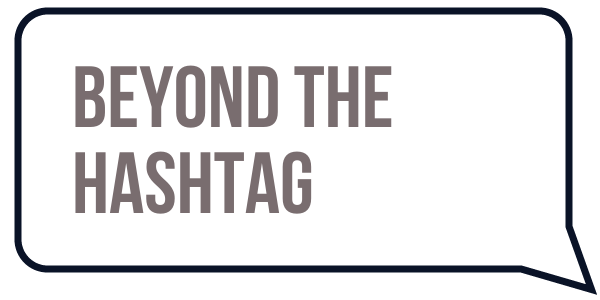
Deemed “Women’s History Month,” March offers the opportunity to celebrate accomplishments by women throughout history, across social, cultural and professional challenges. While it’s important to lift up these historical moments, we know there is still work to be done, particularly when it comes to developing equity and belonging for women in the workplace. So, on this International Women’s Day, we’re not adding hashtags, posting pastel colored motivational quotes, or settling for platitudes. We’re talking about what professional services firms need to do to support, develop and retain women in the workplace.
The Problem
Looking at the firm composite photo of a typical firm, you may be surprised to know that more women (bolstered by women of color), are graduating with degrees in accounting than men. Additionally, 55% of law school graduates are women. So why is it that only 30% of law firm partners are women? And the numbers are roughly the same for CPAs.
For many years, the mythology that women were less driven, and lacked dedication and the leadership skills required to make a good partner was widespread. Those who wanted to stay with their chosen career, but needed to accommodate the needs of their family, were relegated to “mommy tracks” instead of partner tracks. Obviously, women did not “want it bad enough.”
While I believe we have moved past most of that thinking, the mental load, child/elder caregiving, and household chores still largely fall to women, creating a 24/7 drain on women’s time and energy. Employers must consider the *whole woman* in their role of advancing women leaders. Here’s what I have to say to that…
The Modern Workplace
The traditional model of proving your worth through long hours, in-office visibility, travel or wining and dining clients, calculating someone’s worth with billable hours, golf outings, and a work-hard/play-hard culture actually isn’t a conducive work environment for most people (women, parents, caregivers, those with disabilities, members of the global majority, trans and non-binary people…shall I continue?), and yet, many professional services firms still operate this way. Is it really a surprise that recruiting and retention is such a huge challenge right now?
Here are a few ways firms can fundamentally shift from a culture of hypercompetitiveness to one that attracts, nurtures and retains women.
Talk To Your Team
Everyone’s situation is unique, so a solution that may work for a parent with school-age children, may not be as helpful to someone who cares for their aging parents (statistically women are the caregivers both up and down the generations). Assuming that one across-the-board policy shift is going to make everybody happy is probably not going to have the impact you intend. Knowing that the firm understands the complexity of an employee’s life beyond the office, and is willing to accommodate those needs will accomplish a few things. First, really hearing someone and making a change for them will increase their sense of belonging within the organization. Second, if someone is telling you what they need to be more productive, that will help the firm achieve some of its other goals as well. Third, happy employees do better work, bring positive energy to the office and clients, and stay with your firm, reducing turnover and the need for recruiting and retraining.
Location, Location, Location
Stop measuring dedication, loyalty and productivity by taking attendance. The pandemic proved something that disability rights advocates have been saying for many years, which is that ideal working environments are not one-size-fits-all. While some people thrive on in-office energy and interactions with co-workers, others prefer the peace of a home office, the vibe of a shared workspace--or some combination of all of the above. For many women, having flexibility about when and where they get their work done will increase productivity while improving work/life balance (read, workplace satisfaction). Just because someone is visibly in their office chair all day, doesn’t mean they are more productive than someone who logs in from a home office after dropping their kids at school.
Modify the Pricing Model
Today’s buyers want to know how much they are going to pay for your services. They want to pay for the value you are providing, not how long it takes you to get it done. If you can create a set project price for your client, why not define a set rate for the team doing the work? Holding people accountable to billable hours puts the value on the time spent, not the quality of the work, or even the efficiency of completing a project. Tracking hours doesn’t work for your clients, and it doesn’t work for women who are pulled between their outside responsibilities and grueling partnership track requirements. To add fuel to the fire, (and I almost fell out of my chair when I read this…) women’s billable rates may be set lower than their male counterparts, making that target even farther away.
Too often, women who are considered to have excellent leadership qualities opt-out of partnership tracks (or out of public accounting or law firm life in favor of “in house” positions) because there are not enough hours in the day. That is absurd. In today’s modern workplace, there is no need to be bound by the limitations of long-held corporate culture. Get to know the needs of the women in your firm, and you will discover a vast spectrum of alternatives that will allow your team to grow, thrive and help the firm meet its goals. Want to discuss more ways to support women in the workplace? Contact me today.
